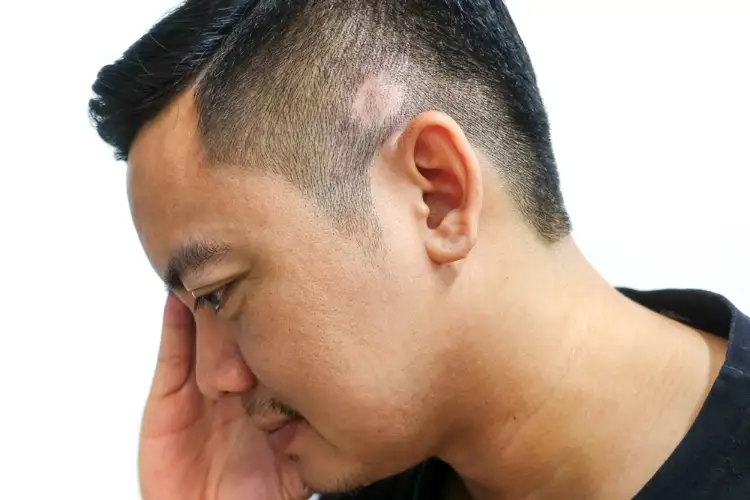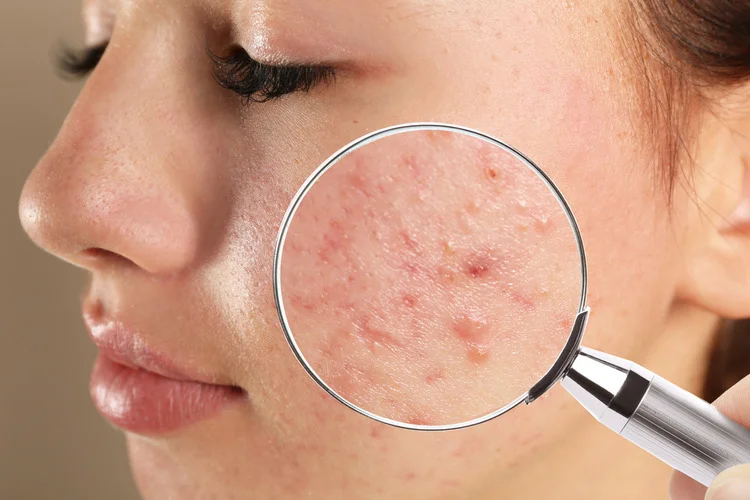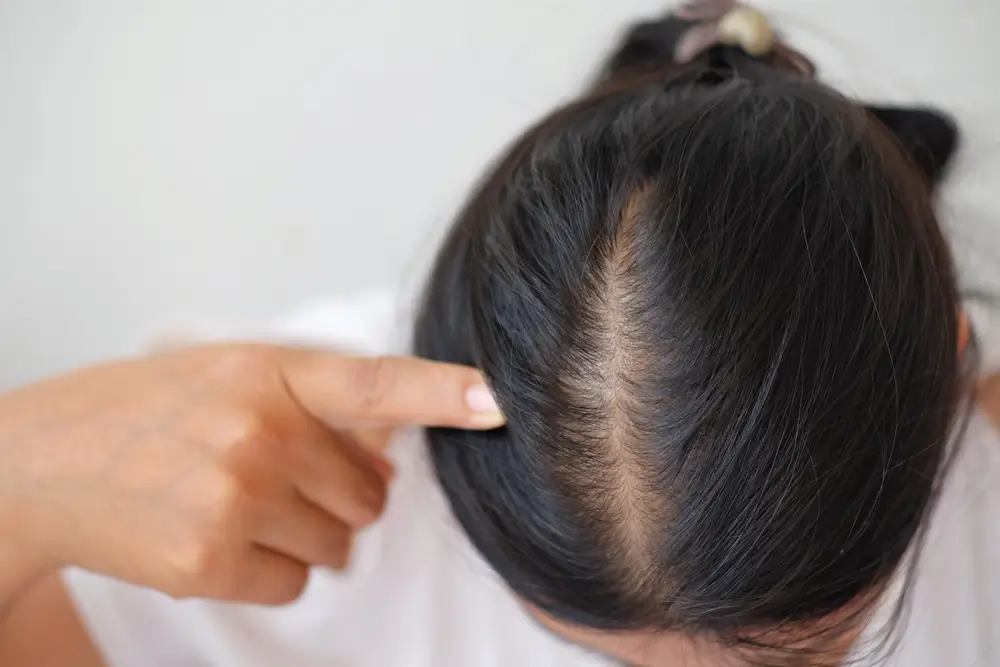- Call Today 8002558860
- Open Hour 09:00 AM to 09:30 PM
Alopecia scarring, often referred to as cicatratial alopecia, is an inflammatory condition that causes hair loss. As a result of the irreversible death of hair follicles, it causes bald patches on the scalp. The underlying tissues in and around the hair become damaged or destroyed, and fibrous tissue takes their place. The hair cannot grow back once the hair follicles have been damaged. Most often, non-scarring alopecia develops into permanent or irreparable baldness before developing into scarring alopecia.
There are two major types of Scarring Alopecia –
Primary Scarring Alopecia – The stem cells in the hair root are destroyed when the hair follicle is injured and replaced by fibrous tissue. The primary site of attack and the disease's origin is the follicle. Lymphocytic, neutrophilic, and mixed cicatricial Alopecia are the three subtypes of primary scarring alopecia. These also include pseudopelade, folliculitis decalvans, lichen planopilaris, central centrifugal alopecia, and frontal fibrosing alopecia (FFA) (FD).
Permanent Scarring Alopecia This disorder, also known as secondary cicatricial alopecia, causes the hair follicle to be damaged as a result of outside factors. These might include harm from heated combs, straightening chemicals, radiotherapy, and accidents involving trauma to the scalp.

This condition, also known as secondary cicatricial alopecia, results in damage to the hair follicle due to external sources. These could include injuries caused by heated combs, chemical straighteners, radiotherapy, and mishaps that result in trauma to the scalp.
In this disorder, also known as secondary cicatricial alopecia, the hair follicle is harmed as a result of external factors. Injuries from heated combs, chemical straighteners, radiotherapy, and accidents that result in trauma to the scalp could all fall under this category.
One or more distinct permanent bald spots on the scalp are the first sign of scarring alopecia. These spots could stay distinct or combine to form larger bald patches that gradually spread to almost the entire head. The skin's bald spots appear to be smooth and shiny. The absence of skin pores results from a total lack of follicular apertures.
Depending on the kind of alopecia, the symptoms of scarring alopecia can change. However, the following are some common signs of scarring alopecia:
Scarring alopecia's ultimate phases are sometimes labelled as an irreversible disorder. However, if you seek treatment for Scarring Alopecia early on, you can stop it in its tracks and heal the affected regions. Because each subtype has a different treatment approach, it is advisable to explore all of your options with your dermatologist before choosing the best course of action.

